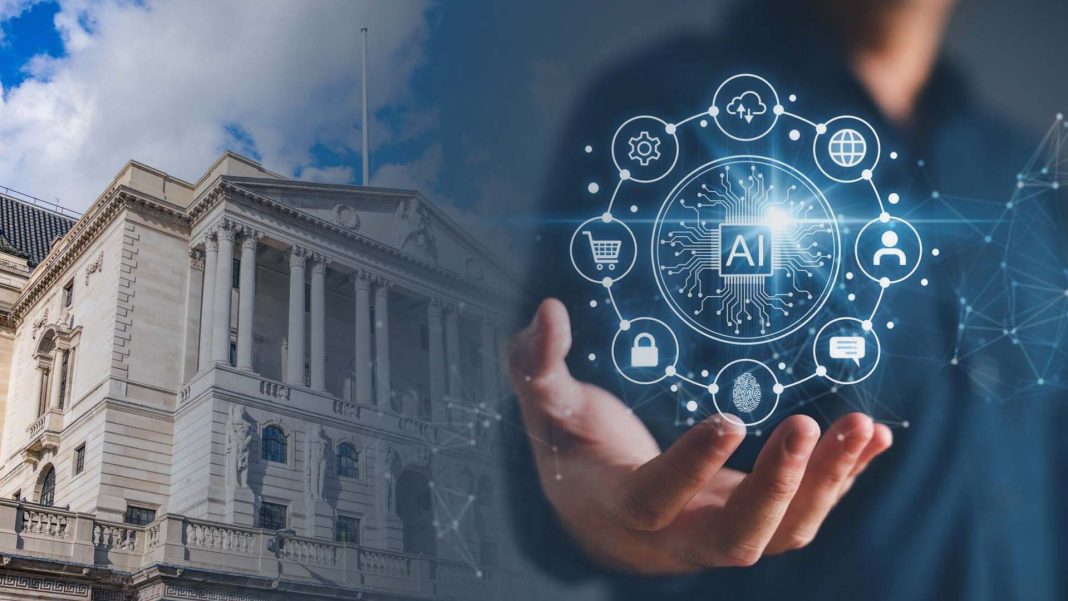With digital and crowdsourced banking on the rise, can AI be the panacea to customer experience shortfalls in traditional banking?
Amidst a fast-paced and flourishing consumer financial landscape, many critical processes remain inherently ‘broken’—inefficient, time-consuming, and labour-intensive—thereby limiting market growth. For instance, mortgage applicants today often expect the entire cycle of approval, from furnishing the required legal documents to signing the final contracts, to take weeks, or even months.
However, recent developments in AI are poised to accelerate such processes: in particular, financial decisions that deal with large volumes of consumer data. Broadly speaking, AI can determine, locate, and analyse data sets to simplify complex financial decisions and produce fast and simple answers for customers. This element of computer intelligence has tremendous potential to be the catalyst to push consumer finance to the forefront of serious transformation and growth.
Industry shifts fueling the rise of AI
In today’s hunger for instant gratification, lengthy application forms and week-long waiting times should no longer be the business norm. However, for some financial institutions, it is difficult to shake off legacy banking processes, in part due to complex regulatory demands and lack of modernisation resources, among other excuses. This causes significant friction in the customer experience, which can affect the revenue stream in the long run as consumers switch to more user-friendly banking platforms.
However, prominent shifts within the industry, such as data growth and cheaper computing resources, have contributed to very positive changes in consumer finance over the last decade, in particular, the rise in AI adoption. The pace of change is further accelerated by the need to keep up with new customers’ needs, creating a fertile ground for AI applications to thrive.
Putting these elements in context, almost half of the world’s 1.7 billion unbanked population comes from eight countries in Asia Pacific. However, telecoms, e-commerce and e-wallet growth have together created significant data on this group of people. In parallel, Moore’s law has brought down the cost of data storage and computing exponentially over the last decade. The time is ripe for AI toolkits to inject more insights into the industry.
The outcome of this shift in banking technology can be tremendous. Going beyond the front-end business operations, AI can be applied to backend IT architecture to enhance capabilities to process complex tasks such as deal originations, credit reviews, or risk assessments.
AI applications in action
Today, there are many ways that financial institutions can glean actionable insights from computers, depending on the data models, algorithms, and methodologies deployed.
With supervised learning—the most common approach to machine learning today—computers are taught to provide the intelligence and recommendations human workers need to make decisions. Data scientists can improve these models over time by continuing to ‘feed’ the machines new and defined datasets, not unlike a human brain creating a virtuous cycle of learning.
Supervised machine learning plays a critical role in allowing financial institutions to create a compelling banking experience. Going back to the mortgage application example, once the application is submitted, machines will quickly locate and examine the applicant’s financial history in order to make an informed prediction on his or her credit performance—without human involvement.
Detecting financial fraud is another practical application of machine learning. Compared to older fraud detection models, AI models excel at segregating good credit risk from bad credit risk using much richer variable sets. They would also be able to continually look at these variables and find developing relationships that could point to abnormalities.
While the scenarios we have outlined above work very well in theory, there are still a few issues to be ironed out as we move towards the large-scale application of AI in consumer credit decisioning.
Eliminating machine bias
The consumer credit model we see today is a reasonably transparent system on which the consumer has been educated over decades. The average consumer typically understands the kind of behavior that impacts their credit standing and knows their rights to request for personal information held by the banking system. But as machines become more involved in decision-making, many fear that there will be a lack of understanding and clarity regarding credit decisions.
Fortunately, in parallel with the rise of AI applications in finance, various approaches to improving AI’s ‘explainability’ and eliminating machine bias have also flourished in recent years.
Data scientists tighten control over AI’s data sources by setting up processes to eliminate certain variables in machine decisioning that can introduce or perpetuate bias. With the right algorithms, AI-powered credit systems can even significantly reduce subjective interpretation of data, allowing decision-making to be fast, neutral and accurate. From a consumer perspective, there is indeed much to be gained from the application of AI within the finance sector.
As the traditional banking model gives way to the next wave of transformation, legacy processes will soon become a thing of the past. Digital banking paradigms are poised to deliver personalized interactions, speedy services, and relevant products—all the hallmarks of the next phase of consumer banking. AI will be a key catalyst of this shift, powering an intelligent ecosystem that constantly refines and reshapes the future customers’ banking experience.



